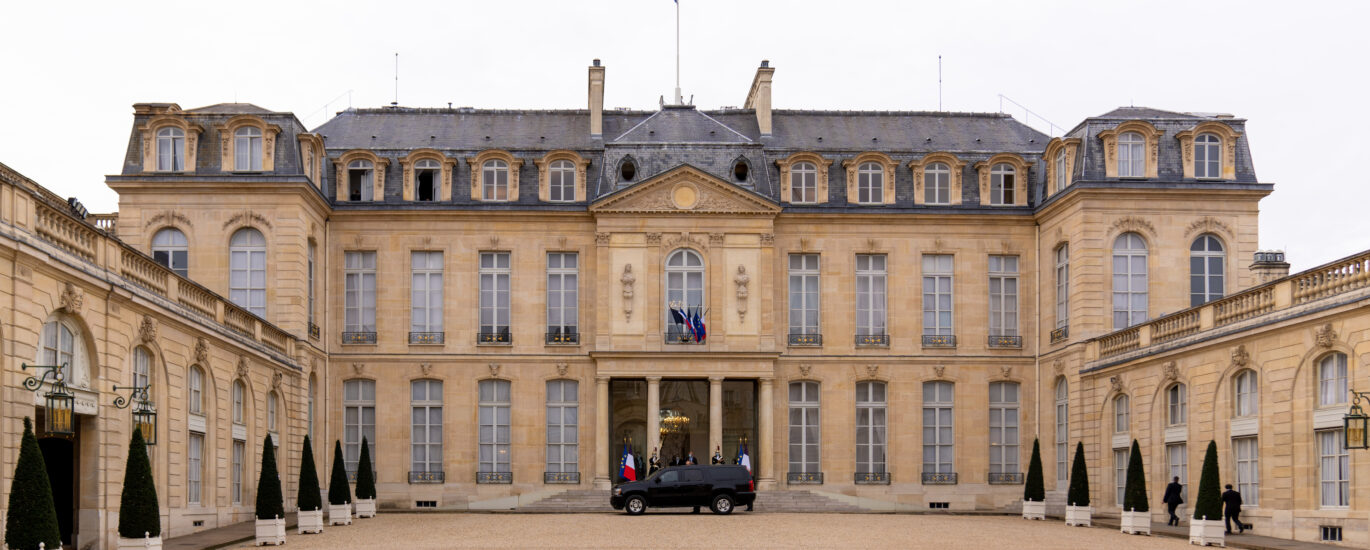Welcome to the Palais de l’Élysée, a cornerstone of French political life that carries centuries of history within its walls. As you stand here, you’re at the heart of where French leadership has resided and decision-making has unfolded for over two centuries. Originally built in 1718 by architect Armand-Claude Mollet for Louis Henri de La Tour d’Auvergne, the Comte d’Évreux, this grand structure has witnessed the ebb and flow of France’s rich history.
The Palais de l’Élysée, with its classical French architecture, became the official residence of the French President in 1848. However, its story began long before that. After the Comte d’Évreux passed away, the property changed hands several times, including being owned by the famous Marquise de Pompadour, the chief mistress of King Louis XV. Imagine the lavish soirées she must have hosted here, attended by the crème de la crème of Parisian society.
Fast forward to the French Revolution, and this opulent residence was nationalized, like many aristocratic properties. It then became a presidential palace during the short-lived Second Republic. Napoleon III even resided here when he was the President of the French Second Republic. One of the most fascinating historical episodes took place in 1871 during the Paris Commune, when the palace was occupied by revolutionaries.
As the official residence of the President of France since the Third Republic, the Palais de l’Élysée has been at the forefront of French political decisions. It has hosted numerous heads of state and witnessed pivotal agreements that shaped not only France but also the world. Imagine standing in the same rooms where influential leaders like Charles de Gaulle and François Mitterrand once strategized.
Over the years, the Palais has undergone numerous renovations and expansions, reflecting the evolving needs of its high-profile residents. Yet, it still retains its original charm, with its beautiful gardens providing a serene escape from the bustling city outside.
Today, the Palais de l’Élysée not only serves as the residence of the French President but also symbolizes the resilience and continuity of the French Republic. Its walls, if they could speak, would tell tales of triumph, turmoil, and transformation—an architectural testament to the enduring spirit of France.



